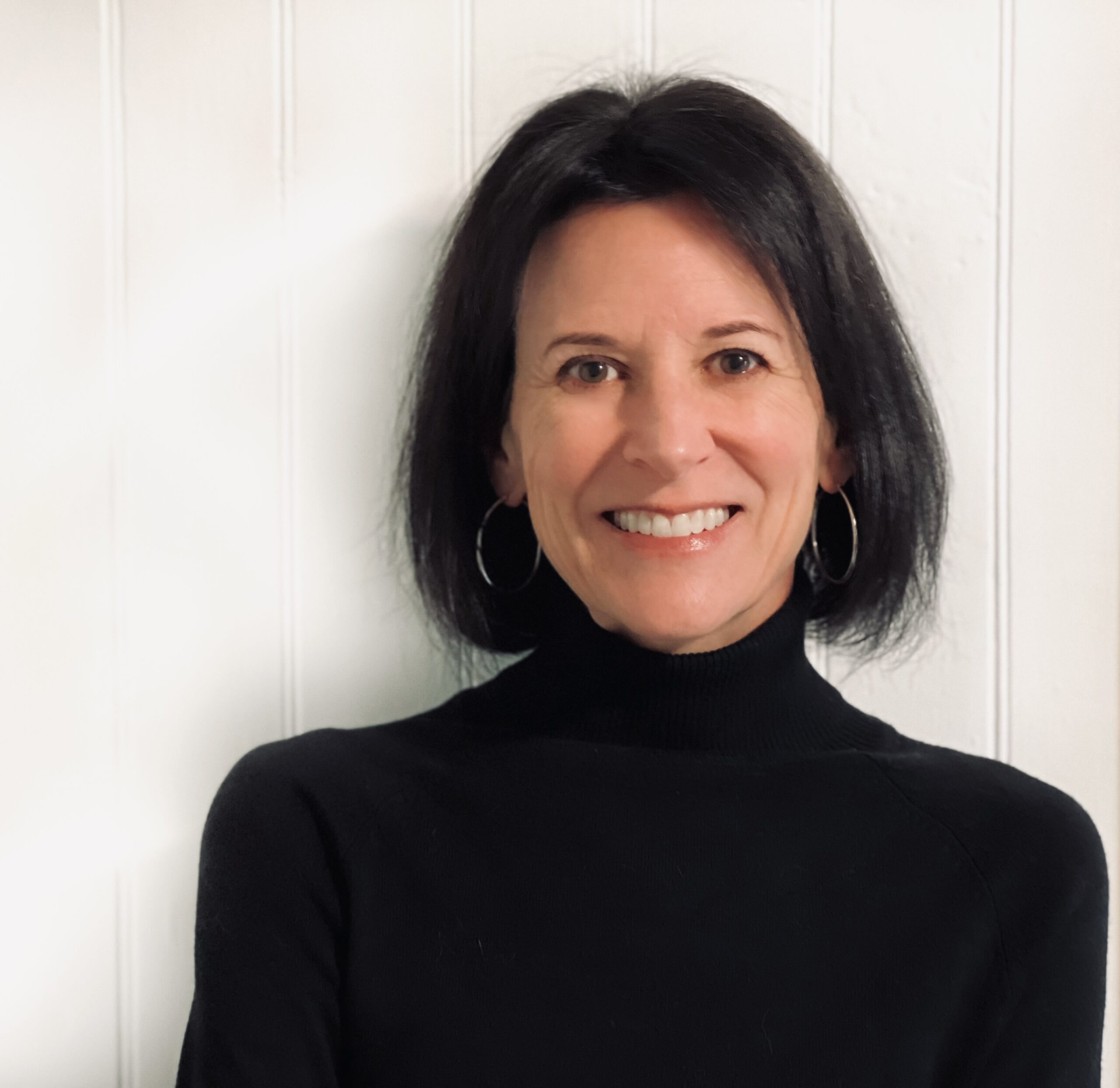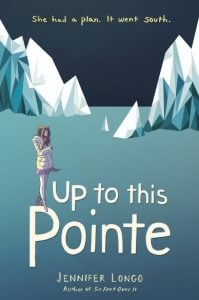Jennifer Longo is the author of the novel Up to this Pointe (learn more about the book here). Thanks to Jennifer for chatting with me about her wonderful book!
Q: Your author bio refers to your “obsessive love of Antarctica” — what led to this obsession?
A: Oh, my favorite topic! In 1998 I was in grad school doing research for a play about the history of photography, and I went to the Kodak website (on the new-fangled Interwebs). The entire site was devoted to Frank Hurley, Ernest Shackleton’s expedition photographer. All the plate glass negatives and photographs were there, and the images were just unbelievable – Antarctica was another planet. Those images led straight into my obsession. I read everything I could get my hands on about the Age of Exploration, Shackleton, and Antarctica in general. I’m just completely taken with the beauty and savage existence the animals, microorganisms, and people experience there, and how it all kind of exemplifies our lives on Earth in one beautiful continent. The sky and the water and the ice and the volcanoes are indescribably beautiful, it’s Nature basically showing off: Look how badass I can be!
Q: From the first lines of the book (“The thing about Antarctica that surprises me the most? The condoms. They’re absolutely everywhere.”) and throughout, you capture life at McMurdo Station so well, including not only all the natural beauty of winter in Antarctica but the quirky and often challenging reality of overwintering. What was your research process like, and did it include a visit to Antarctica?
A: I am so sad to say I have not been to Antarctica; it remains a dream of mine. I did apply for the NSF Artists’ grant twice, but have not yet been accepted. So the research I did was relegated to the many excellent books, memoirs of scientists and artists living at the stations there, and talking with Winter Over-ers via Twitter and email. There are a ton of really wonderful documentaries, of course, about living at the stations during winter, and about the natural world there in all seasons. And I have a good friend who Wintered-Over twice – he was there as a civilian – and he provided that first line! He’d called me from McMurdo, I said, “I can’t believe you’re there, how is it?” and he’s all, “There are so many condoms – they’re everywhere!” This was like, fifteen years ago, and I thought “Huh. Well, there’s a story.”
Q: In your author’s note, you mention the difference between facts and truth in fiction, and how in reality, a teenager wouldn’t be allowed to overwinter in Antarctica. Were there any other facts you had to overlook or stretch in order to tell the truths of this story?
A: Oh my gosh, I love author’s notes! Some examples of truth-stretching involve the ballet world, like the students not knowing the status of the YAGP results and their teacher keeping it a mystery – with the internet that’s basically impossible! And I’m sure the day-to-day activities in Antarctica (could a brand-new arrival really be taken on a snow-mobile to a rookery right off the bat?) are not exactly as they occur. Having never been to Antarctica, I used the real details I got from interviews and books and documentaries, but a fiction writer, even a contemporary one, is still world-building, still storytelling with specific narrative structural building blocks, and so it will never be completely one hundred percent accurate. And it’s not supposed to be, so long as there’s no pretense that it isn’t fiction.
I wrote this Author’s Note specifically (in case anyone was interested) because of responses I got from my first book (Six Feet Over It). Some readers will take issue with contemporary books if the events in the plot don’t ring absolutely true to real life, or at least, real life as each individual reader understands it. (Oddly, the things in SFOI that some readers scoffed at the most were always the parts that were actually true, so that was funny.) I wanted to acknowledge and kind of get in front of people discrediting the story just because everything in it isn’t completely modeling real life – because, again, this is fiction. And I was also aware that citizens and scientists of Antarctica and people who dance for a living get (justifiably) mad when people write books about their home and take lazy, dumb liberties. So the note was really all about sharing the resources I used for research, so people could explore the actual truth of a life in Antarctica and in ballet, and still enjoy this fiction story based on those truths.
Q: This novel has such strong senses of place, both in San Francisco and Antarctica. What is it about these two places that made you choose them for the settings of this book?
A: I’ve begun every play and book I’ve ever written with place. These two places both spoke the same story to me – two different plots, same story, if that makes sense? Surviving after failure, thriving because of failure, exemplifies the story of both San Francisco and Antarctica. Both are incredibly beautiful, both demand a punishing amount of effort to live in their beauty, both have, and continue to, survive human destruction of their natural state, both are home to some of the planet’s most unique and striking creatures on the planet, and the people and animals who do thrive there are ones who are devoted to, and changed by them, for life.
Q: I loved the structure of this novel—the story of Harper’s arrival in Antarctica alternating with the slow reveal of what happened to inspire her to go south. How did you decide to tell the story this way?
A: I’m so glad you liked it! When we began telling the story in straight liner narrative, it felt stagnant; it didn’t move the way we wanted (“we” meaning my editor, agent, and I). We played around with past-tense reversed plot, and holding out with the mystery of the end of Harper’s career but in the end, we realized the mystery, or the fact of or reason why her dancing career did not happen, was totally beside the point. The story was how she accepted and lived with the the failure, and learned to let it change her. When we focused on that, the structure kind of revealed itself. It was so fun to write, good hard work to get there.
Q: Cam you tell us about what you’re working on now?
A: I am loving working on my new book! This one I’m writing for my daughter, and for my new home, the gorgeous Pacific Northwest. It involves adoption, thru-hiking, and holding on to who you know you are, no matter what people (even those who love you) try to make you mistrust about yourself. I am so grateful my editor lets me write these stories, which are not so typical, and that readers have found some comfort and humor and exploration in them, too. Thank you so much for having me today!
Visit Jennifer Longo’s website to learn more…and don’t miss Up to this Pointe!

Midge Raymond is a co-founder of Ashland Creek Press. She is the author of the novels Floreana and My Last Continent, the award-winning short story collection Forgetting English, and, with John Yunker, the suspense novel Devils Island.



